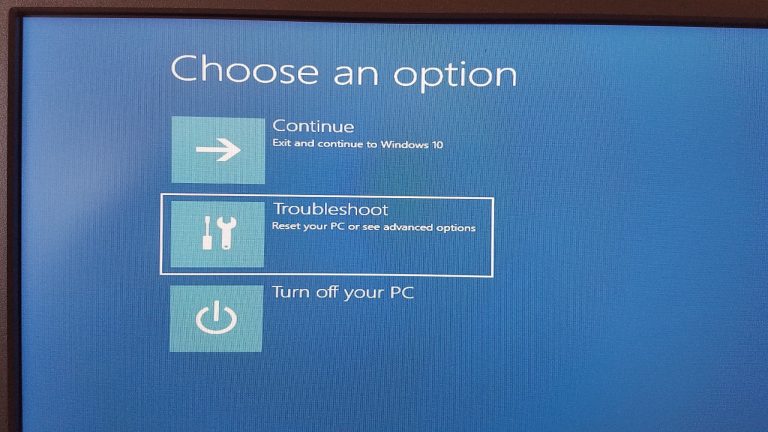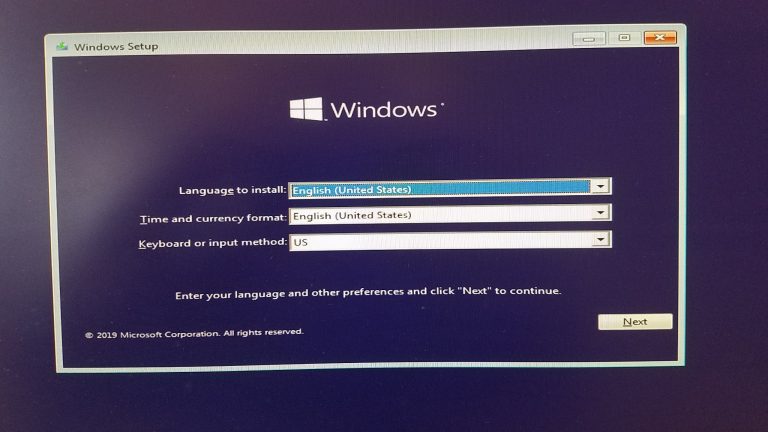

Otherwise, the only way to start this type of repair is for your PC to do it automatically during boot. In order to proceed, you’ll need your Windows 7 installation CD or a system repair disk.

If you need to run startup repair yourself, you’ll need a Windows 7 startup repair disk or the installation CD you used to install the OS, to begin with. Windows 7 will automatically run startup repair if it detects any issues during the booting cycle that would prevent the PC from finishing the process. Startup repair in Windows 7 works similar to how automatic repair works in Windows 8, albeit a bit slower. If your PC won’t boot or has issues starting up, running startup repair in Windows 7 can fix whatever issues have popped up. While Windows 8 upgraded and introduced new ways to restore and refresh your PC, Windows 7 still relies on some good old-fashioned methods to get the job done.


 0 kommentar(er)
0 kommentar(er)
